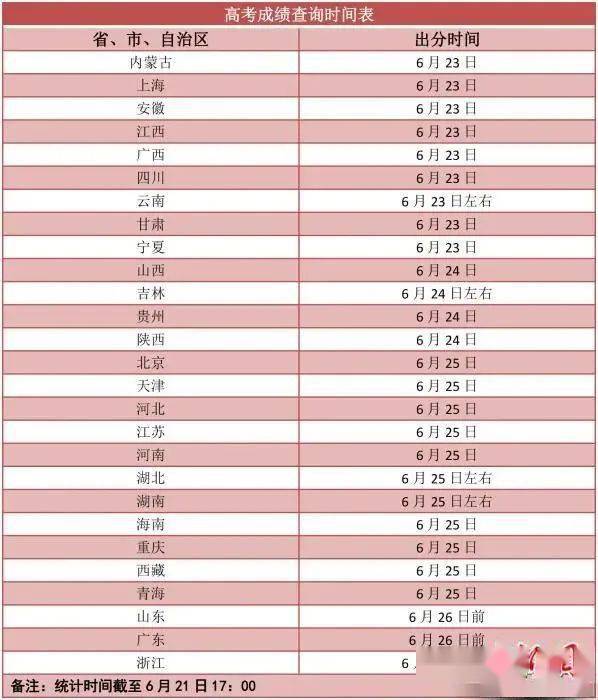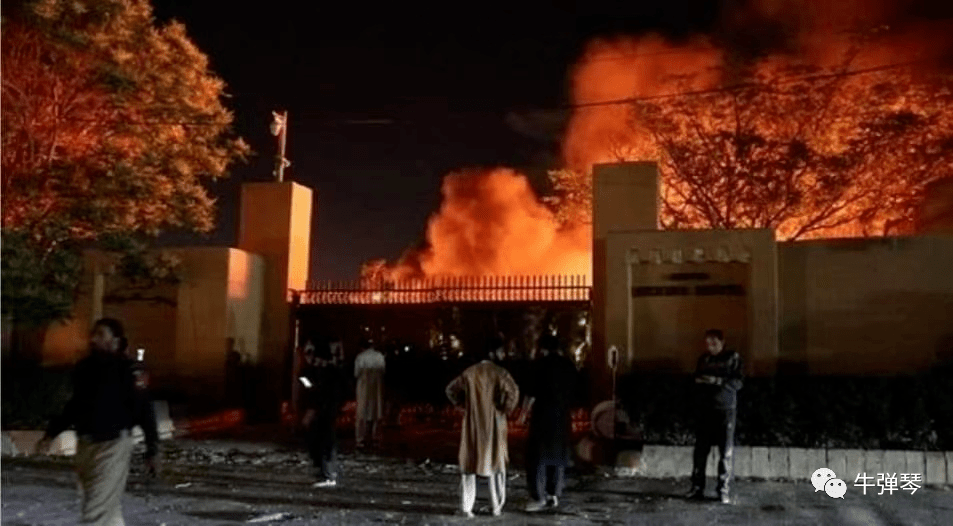Sincerely introduce the book ‘Laws of the dynasties of Vietnam and other countries’ by Dr. History Cao Van Lien published by Youth Publishing House – HN – 2004.
Episode 12.
Just like in Greece, the process of birth, development and completion of the republic was associated with a long and fierce class struggle. Until the 3rd century BC, the state reached a complete level. The aristocratic Republic of Rome consisted of the following bodies:
1.Garitan Congress: The Congress of Military Units and also the Congress of the People, the highest authority of the Roman State, consists of 193 military units. The Franciscan congress is held twice a year, in Mac-fiber Square (Mars the god of war). This congress has the powers and duties of electing generals annually, electing high-ranking state officials, deciding domestic and foreign affairs of the country, issues of war and peace.
2. Consul: Is the head of state, is a high-ranking official in the ranks of Roman officials. In Rome there were usually two consuls. This position was elected by the Congress of Zion, selected from among the great nobles, for a one-year term. The two consuls had great military and civil power, the commander-in-chief of the army, and the power to convene the Senate Congress and the Scottish Congress.
3. Senate: Inherent from the monarchy, including powerful aristocrats. It was an office of the gentile clan, had between 300 and 600 people, and by the end of the republic had up to 900 people. It was a quasi-permanent organ of the Franciscan Congress, great power at times overwhelming that of the Xenturi Congress. The Senate has the power to approve the appointment of high-ranking officials of the Warsaw Congress, to pass congress resolutions, to administer state property, to interpret laws, to recommend building new rule. The Senate also has the power to formulate and direct domestic and foreign policy, the right to appoint a court, and order preliminary investigations of cases. The Senate also oversees the Roman religious affairs.
4. Consular Council: An executive body, elected annually by the Geneva Congress, consisting of high-ranking officials in the ranks of mandarins. This agency has the power to manage all state affairs, oversee law enforcement, has the power to fire subordinate bureaucrats, and to command the military.
5. Council of Judges: A council of seven people, elected by the annual Congress of Zion. This is the jury of the Roman court, specializing in criminal and civil cases. In addition, when the Consular Council is absent, the Council of Judges performs the duties of the Consular Council.
6. Supervisory Institute: Also known as the important people, is an important agency in the Roman state apparatus. This House has the right to suspend the implementation of all decisions of the Senate and of the Franciscan Congress if those decisions harm the interests of the people. The Institute also has the power to arrest public officials suspected of crimes.
In addition, there were many different high-ranking officials in Rome. All are responsible for their actions, if they commit crimes, they will be prosecuted before the law.
The clergy plays an important role in the political life and in the state apparatus. From the founding of the country until before 313 BC, Rome followed polytheism due to the religious influence of the Greeks. Accordingly, the god Jupiter (Jupiter) is considered the supreme god, creator and ruler of the universe. Juno) in charge of marriage, family, Venus (Venus), goddess of beauty and love, Mac-fiber (Mars): in charge of war, and so on.
But in 63 BC, Rome conquered the Palestinian region. So Judaism and later Christianity entered Rome. By AD 314, the Roman slave owner officially adopted Christianity as the state religion.
In short, the Roman State was a slave-headed aristocratic republic, in which the power of the gentile clan was still very strong. So in the class struggle, the popular posture and the industrial and commercial aristocracy were not capable of a complete victory over the gentile nobility, leading to in the 1st century BC, the generals, the gentlemen. the clan overthrew the republic again, established a dictatorship and monarchy.
In 82 BC, Xila established a dictatorship and declared dictatorship for life. In 46 BC, after defeating two political opponents, Crassals, Pom-pe (Pompey), Judi-ut Caesar (Julius Caesar) established a military dictatorship. But in 44 BC, Caesar was stabbed to death by an enemy while presiding over the Senate meeting. Shortly thereafter, all authority in Rome was in the hands of Ogre-via-buttons (Octavinus). In the year 27 B.C., Oc-ta-via-knot received the title Ogut, meaning the one of dignity, that is, Snail-ta-node, became Emperor. The republic collapsed and Rome entered a monarchy.
The change in Roman state institutions was also in the force correlation of the class struggle. At that time, due to the invasion, the Roman land expanded, the economic power of the land slave owner was strong, the Roman colony existed to popularize the form of large estate, a great estate to use. thousand of labor slaves. The strong economic power made the agricultural aristocrats to win the political struggle, to establish a dictatorship and monarchy.
Slaves in the 1st century BC together rose up to fight against the brutal exploitation of the slave master, such as the Nazi-cut revolt (Spartacus 73-71 BC). Although the rebellion was fiercely suppressed by the Roman slave owner, thousands of slaves were killed and their heads were piled on the great road from Rome to the periphery. However, slavery and the Roman state after that great uprising also collapsed. Besides the enslaved insurrection, there is also the struggle movement of peoples invaded and enslaved for self-liberation. To have the power to suppress slaves and the colonial people, Rome needed a strong government: dictatorship and monarchy.
Following Snail-node, Rome underwent emperors such as Ciligua – the insane king, Co-Diuu-fiber (Claudius) – the weak king, Nero– the greatest tyrant in the ancient history of the world. He slaughtered tens of thousands of Christians, killed wives and children, killed his brother, murdered the famous idealist and philosopher Sehemiah (Seneca) and eventually killed the Queen Queen. , the mother of y.
In 476, the Roman Empire perished. Europe ended slavery and entered a new socio-economic form: Feudalism was born during the dissolution and collapse of the giant Roman empire.
II.The Law
1. Roman law of the republic: The law of 12 pounds
Due to the struggle movement of the common people and the master of slaves and the mercenaries against the arbitrary manipulation of the judiciary in the judiciary, in 450 BC, a committee of 5 common people and 5 nobles was formed to write draft a written law. By 449 BC, this commission had finished drafting the law. The code is engraved on 12 bronze planks (the number 12 is the lucky number from the European point of view) and is placed in a public place for all to see, so the code is called the “Rule of 12”.
The 12-pound law clearly reflects the economic and social relations of early Rome in the republic. The main content of this law is to protect the property rights of wealthy slave owners. The law stipulates that anyone who trespasses on other people’s property such as theft, crop damage, home trespassing (burning a house) will be executed. If a thief enters a house, if he is killed, it is legal to kill the person.
The law sets out the cruel penalties for debtor. If the debtor fails to pay the debt on time, the court allows the creditor to arrest the debtor. During the 60 days of detention, the debtor was taken to the square three times on the day of the fair for the court to judge. After 60 days of detention, still unable to pay the debt, the creditor took the debtor out of the way. If you’re unlucky and still can’t pay the debt, the debtor can either be killed or sold overseas. Where the debtor owes many creditors and cannot repay, the creditors have the right to hash the debtor into pieces.
In terms of marriage and family, a man’s power is absolute. The husband manages the property. When a daughter gets married, it depends on her husband and father-in-law. The father has the right to sell his child as a slave. If sold for the third time, the son will be free from the bonds of the father. The law allows fathers to strip children of inheritance. The dying person is left with property for anyone. In order to protect the rights of an heir under the will, Zionariah has the authority to oversee the distribution of that property.
The 12-table law has a number of provisions on civil proceedings, but these provisions are cumbersome, cause difficulties and troubles in the process of adjudication and do not create favorable conditions for commodity economy. develope.
2. Late Roman republican law
The last period of the republic started from the 3rd century BC until the destruction of the republic (1st century BC). That was the peak period of the Roman empire. The territory covered from the West to the East, the commodity economy was thrived, the agriculture of a large estate was strong. All of them are the basis for the development of the law and vice versa, the economy and social relations themselves also need a comprehensive legal system to serve that infrastructure itself.
In the late republic, the sources of Roman law included:
– The decisions of the consuls. The consular documents were later codified by the famous jurists in the East Roman imperial advisory council and submitted to the emperors for application.
– Decisions of a powerful agency like the Senate.
– The court decisions: sometimes the judgment is just using customary law and it becomes the source of law.
– The decisions of the governor of the provinces.
– Legal practices: Ethnic customs in localities are raised into legal norm by the state.
– The works and works of Roman jurists while summarizing, summarizing and codifying the law.
On the basis of a rich source of law, Roman law includes the following contents:
– Institution on civil law
In Roman law, the civil institution was the most developed, the widest scope of regulation. These are the institutions of property rights, contractual relationships, and inheritance of property. The content of the institutions is rich and detailed.
+ About ownership: Roman law introduces the concept of ownership. It is the absolute right of use and disposition over that property. But the owner is still restricted by law, or by coercion by the state. For example the state wants to let a canal carry water through the land of the owner, who is forced to accept, etc.
+ Ownership: It is the ownership and the will to exercise that right over the property of others to serve its own benefit. The most common form of tenure at that time was land possession. The person entitled to possession may use the benefits brought about by the land and must pay the land rent to the owner. More specifically, possession means the right to rent the property of others for use (renting land, renting shops, etc.).
(There’s more)
CVL





























































You must log in to post a comment.